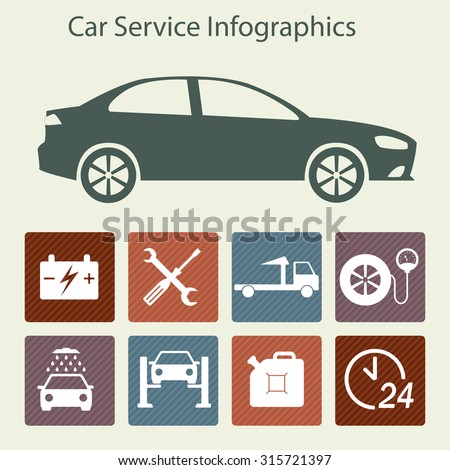Open The Hood To Reveal Common Brake System Problems And Their Solutions, However What About Spongy Brake Pedals? Find Out The Service Ahead! Discover More Listed Below
Open The Hood To Reveal Common Brake System Problems And Their Solutions, However What About Spongy Brake Pedals? Find Out The Service Ahead! Discover More Listed Below
Blog Article
Article Produced By-Flynn Birch
When it concerns your vehicle's brake system, understanding usual concerns can save you from prospective safety and security dangers. From determining brake pad wear to resolving brake fluid leakages, understanding how to tackle these issues is essential. Yet what about those mushy brake pedals? There's a repair for that as well. Remain tuned for more information about these problems and the useful remedies that can keep you safely on the road.
Brake Pad Put On and Replacement
When it comes to keeping your vehicle's brake system, one crucial aspect to keep an eye on is the wear and substitute of brake pads. Brake pads are crucial parts that press versus the brake blades to decrease or stop your automobile. Over time, these pads wear down due to friction, requiring normal inspection and substitute to guarantee your brakes operate efficiently.
To identify if your brake pads require replacement, pay attention for screeching or grinding noises when you apply the brakes. Additionally, if your car takes longer to quit or you see resonances or pulsations when stopping, it might be time to replace the brake pads.
Neglecting worn brake pads can result in reduced braking efficiency, damage to other brake components, or even brake failing.
Changing https://johnathannidxr.mybuzzblog.com/9523537/a-starter-s-manual-for-realizing-the-definition-of-your-cars-and-truck-s-warning-signals is a fairly uncomplicated process for many vehicles. However, if you're not sure or awkward doing this task, it's ideal to seek advice from a professional auto mechanic to ensure correct installation and optimal brake efficiency.
Frequently checking and changing brake pads is important for your security and the durability of your car's stopping system.
Brake Fluid Leaks and Upkeep
To guarantee your car's brake system operates ideally, it is very important to likewise take note of brake fluid leakages and maintenance. Brake liquid is crucial for sending the force from your foot on the brake pedal to the actual stopping system. One usual problem with brake fluid is leaks, which can happen due to worn-out brake lines, seals, or connections. If you notice a puddle or leaks under your auto, it's essential to deal with the leak quickly to prevent a possible brake failure.
On a regular basis inspecting your brake liquid level is crucial to maintaining your brake system. Reduced brake liquid can lead to air getting in the brake lines, which jeopardizes braking efficiency.
Additionally, old or polluted brake liquid can influence the total effectiveness of your brakes. It's suggested to comply with the supplier's standards on when to alter the brake fluid, normally every 2 years.
Spongy Brake Pedal: Bleeding Brakes
If you have actually ever experienced a mushy brake pedal while driving, you recognize the importance of preserving a company and receptive stopping system. One common reason for a squishy brake pedal is air entraped in the brake lines. When air gets in the brake system, it can result in a loss of hydraulic pressure, resulting in that disturbing squishy sensation when you press the brake pedal.
To resolve this issue, hemorrhaging the brakes is needed. Hemorrhaging the brakes involves getting rid of the air from the brake lines to restore appropriate hydraulic stress.
To hemorrhage the brakes, you'll need a helper to help you. Begin by locating the brake bleeder shutoff on each wheel, commonly discovered near the brake caliper. With a wrench, loosen the valve and have your assistant press the brake pedal while you observe any air bubbles appearing. Repeat brake booster repair cost for every wheel, beginning with the wheel farthest from the master cyndrical tube and relocating closer.
Once you no more see air bubbles and just clear liquid emerges, tighten the shutoff and top up the brake fluid tank as required. Bleeding the brakes assists make certain a company brake pedal and improves general braking performance.
Verdict
Since you comprehend usual brake problems and how to repair them, you can ensure your vehicle's safety and security and performance. Bear in mind to pay attention for indication like shrilling noises or spongy brake pedals, and address them promptly. Regular upkeep and timely replacements are crucial to maintaining your brakes in leading problem. Remain proactive and attentive to your brake system to take pleasure in secure and trustworthy driving experiences.
